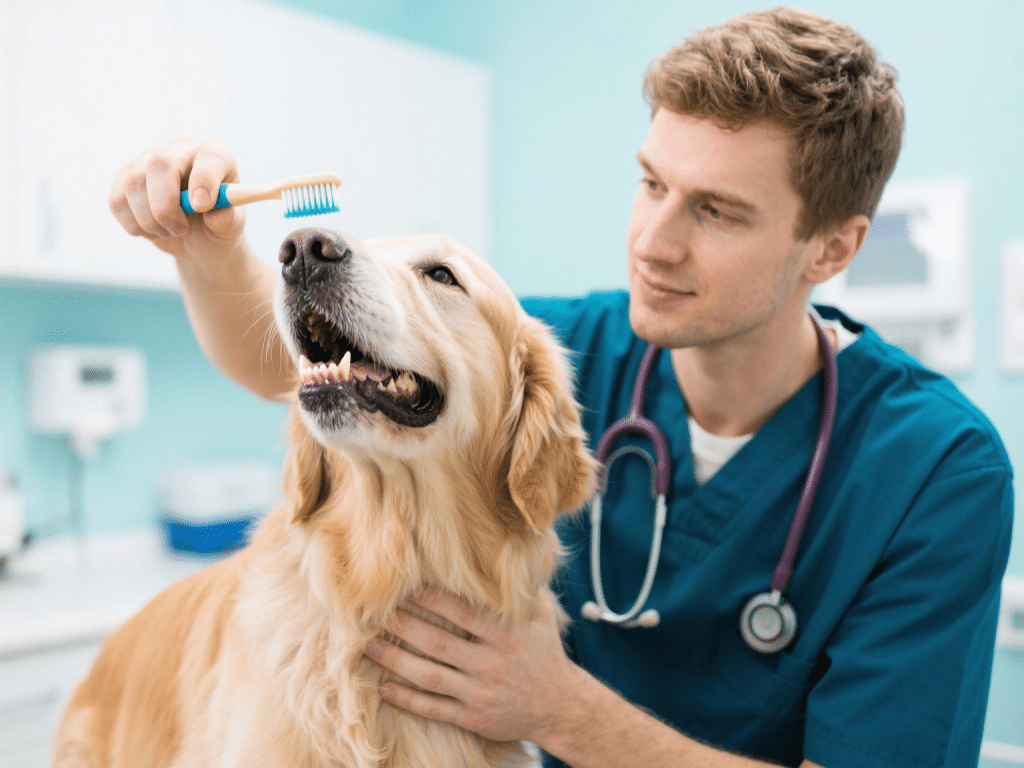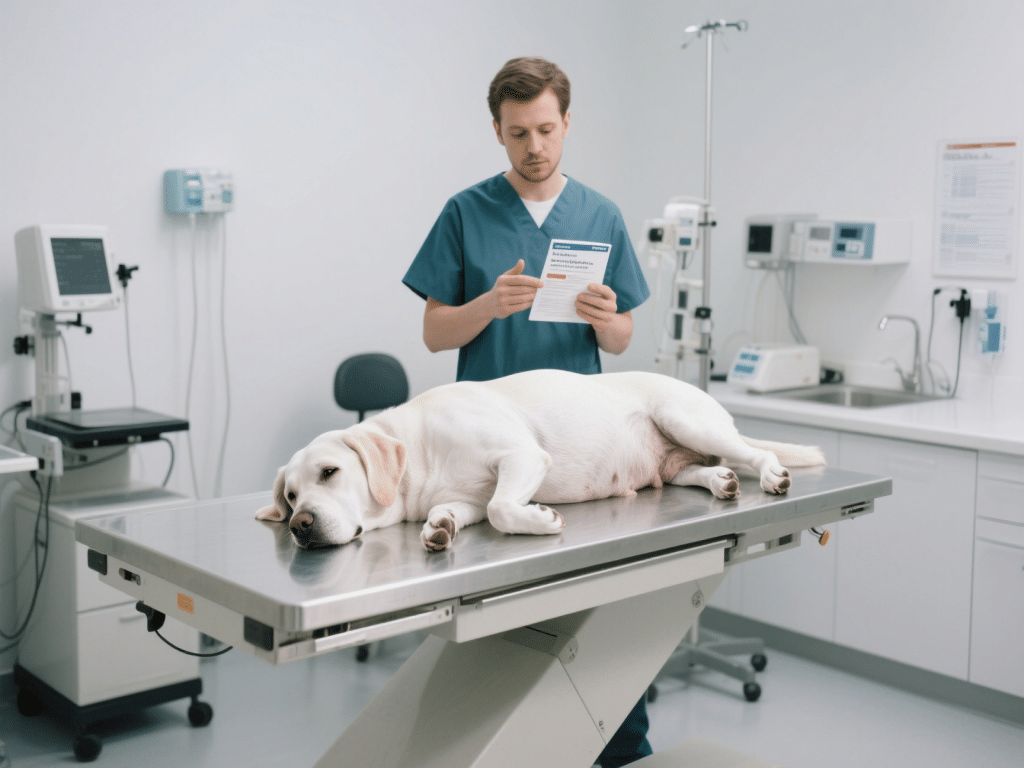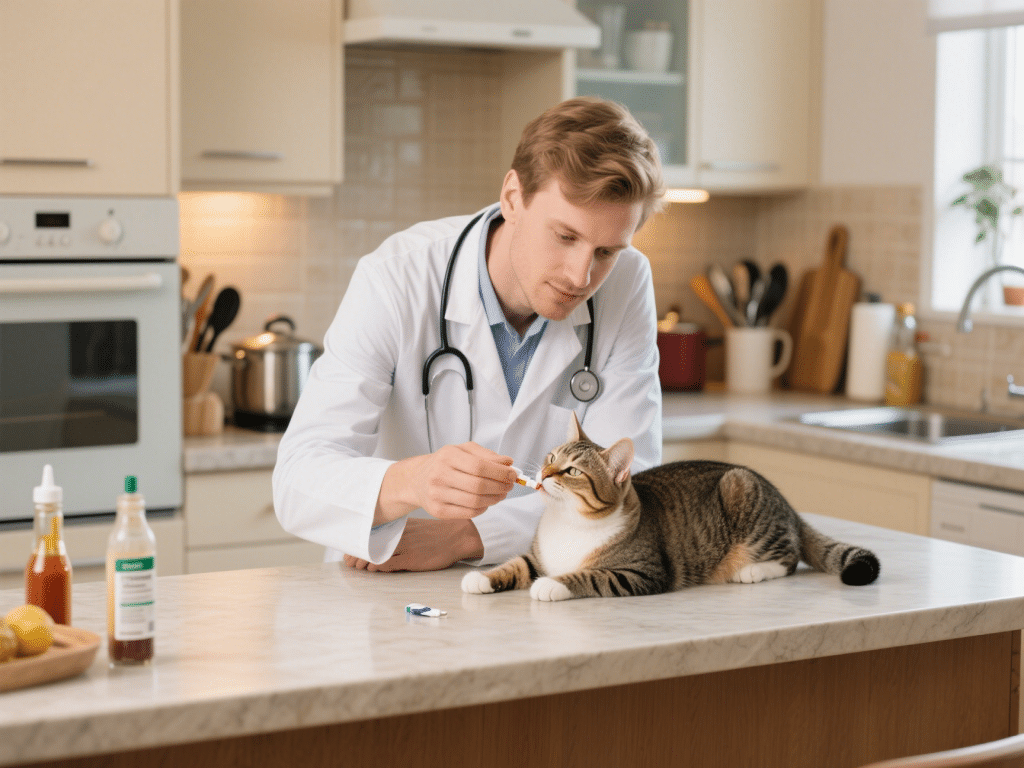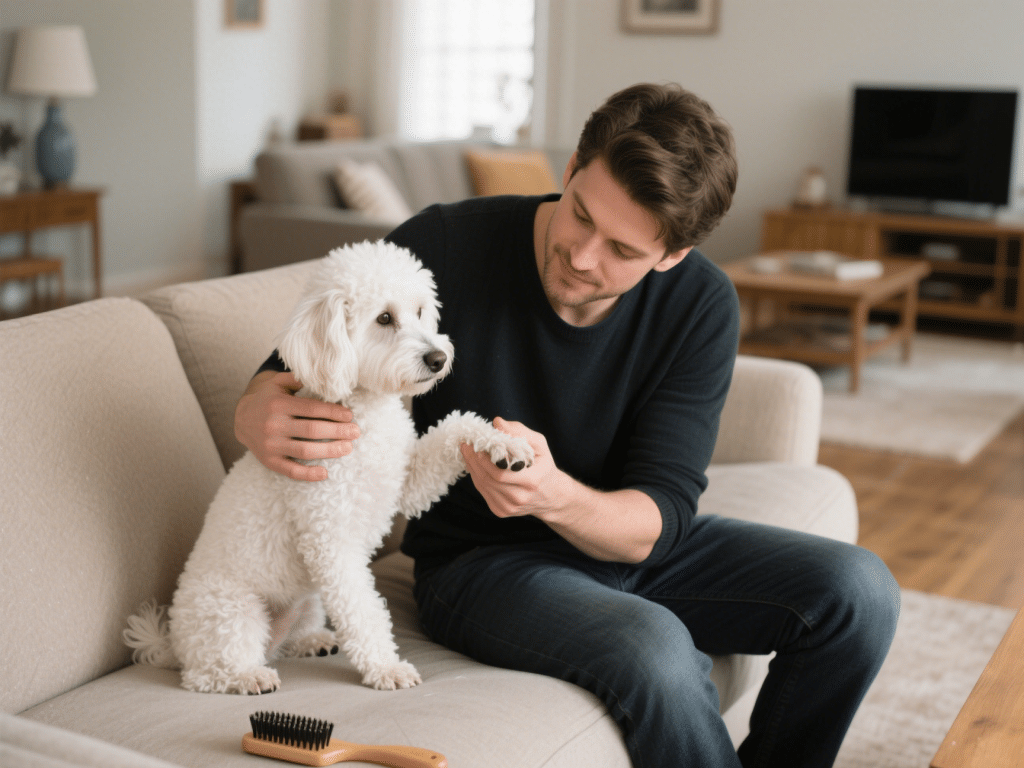
Introduction
Regular dental care is crucial for your dog’s overall health. Plaque and tartar buildup can lead to periodontal disease, bad breath, and systemic infections. Brushing your dog’s teeth at home is the most effective way to maintain oral hygiene. Follow this step-by-step guide to make the process safe and stress-free.
1. Importance of Dog Dental Care
Health Consequences: Untreated dental issues can progress to heart, kidney, and liver disease.
Frequency: Aim for daily brushing or at least 3–4 times per week for optimal results.
Tools Needed: Use a soft-bristled canine toothbrush or finger brush and enzymatic dog toothpaste (never human toothpaste).
2. Preparing Your Dog
Acclimation: Start by handling your dog’s muzzle and gently lifting lips. Reward with praise and treats to build positive associations.
Toothpaste Introduction: Allow your dog to taste a small dab of toothpaste to become familiar with the flavor.
Comfortable Setting: Choose a quiet location where your dog feels secure, such as a familiar room with soft flooring.
3. Brushing Technique
Step 1: Positioning
Sit beside or behind your dog; use your less dominant hand to steady the head under the chin.
Step 2: Applying Toothpaste
Squeeze a pea-sized amount of enzymatic toothpaste onto the brush.
Step 3: Brushing Motion
Hold the toothbrush at a 45-degree angle to the gum line. Use gentle circular or back-and-forth strokes on the outer tooth surfaces.
Focus on large teeth (molars and premolars) where plaque often accumulates.
Step 4: Coverage & Timing
Spend approximately 30 seconds per quadrant (upper left, upper right, lower left, lower right).
If your dog resists, pause, reward, then try again later; consistency over time builds acceptance.
Step 5: Reward & Praise
After brushing, offer a treat or extra affection. Positive reinforcement helps your dog associate brushing with a pleasurable experience.
4. Troubleshooting Common Challenges
Resistance: If your dog pulls away, start by brushing less sensitive areas (front teeth) and gradually work toward the back.
Gum Sensitivity: If gums bleed or appear inflamed, use gentler pressure and consult your veterinarian for professional cleaning advice.
Short Sessions: Multiple short sessions (2–3 minutes each) are preferable to one extended session if your dog becomes restless.
5. Supplemental Dental Care Tips
Dental Chews & Toys: Provide vet-approved dental chews to help reduce plaque between brushings.
Regular Vet Exams: Schedule annual or biannual dental checkups; professional cleanings may be required for advanced tartar buildup.
Dietary Considerations: Consider dental-specific kibble formulated to scrape plaque while chewing.
Conclusion
Brushing your dog’s teeth at home is essential to prevent dental disease and promote overall health. By following these steps—acclimating your dog, using proper tools, and reinforcing with positive rewards—you can establish a stress-free dental care routine. Combined with regular veterinary examinations and supplemental dental chews, you ensure your dog enjoys a healthy, happy mouth for years to come.










